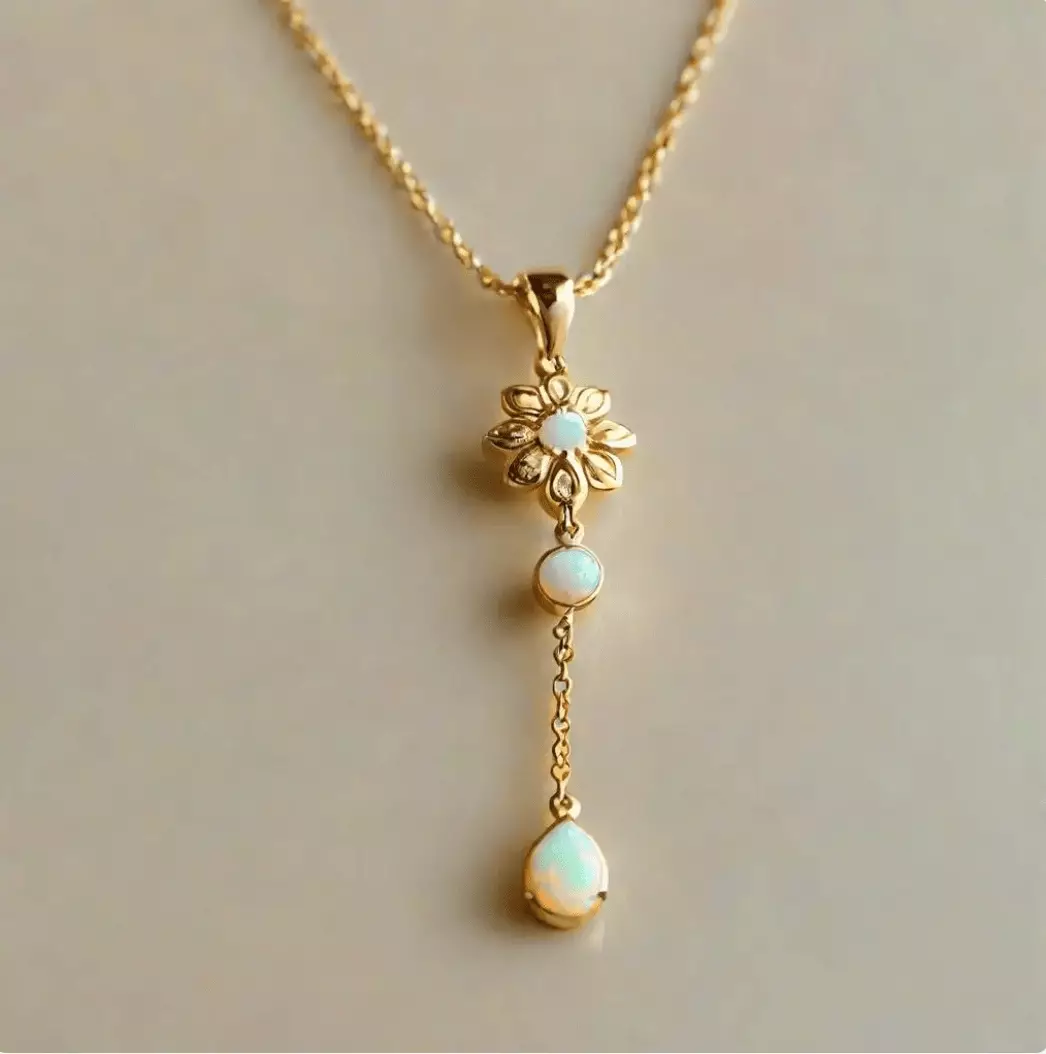Mariam Naficy has long championed independent artists and their creative expressions through various ventures, including her cosmetics retailer Eve and the design marketplace Minted. Her latest initiative, Arcade AI, marks a significant shift in how creativity can be harnessed and commercialized. This breakthrough generative AI platform allows users—referred to as “Dreamers”—to take a hands-on approach to jewelry design, merging technology with art in a novel way that promises to empower rather than restrict artists.
Launched in beta in September, Arcade AI allows consumers to conceptualize unique jewelry pieces by inputting their ideas into an intuitive generator. Users can upload images and choose design preferences, which the AI then translates into tangible jewelry options, effectively turning abstract concepts into stunning physical products. Once a “Dream” is finalized, it’s handed off to skilled artisans on the platform who turn these digital ideas into reality. The impressive range of customizable options includes various materials like gold, brass, and silver, with a selection of gemstones to choose from, including the ever-popular diamonds and garnets.
This democratization of design marks a critical change in the jewelry industry, where traditionally, the design process has been exclusive to established designers. Naficy’s vision ensures that creativity is accessible to everyone, allowing a diverse range of aesthetics to flourish.
I personally engaged with Arcade AI, leveraging the generator to design a piece that aligns with my own taste—specifically, a delicate gold floral necklace accented with opals. The user experience is designed to be streamlined; once I specified my preferences, the AI quickly produced several options. After settling on one and placing the order with Studio Maisette, I received a video showcasing the finished product within about two weeks—a satisfying timeline for custom work.
However, not every aspect of the experience was flawless. The AI generator encountered difficulties when I attempted to incorporate multiple charms into my necklace. Certain more complex designs, such as intricate geometric shapes, proved too challenging for the system, revealing some limitations in its current capabilities. Despite these setbacks, Arcade AI offers a robust editing tool that allows users to refine their designs. Though the editing experience could be improved, the potential for personalization is remarkable.
In future updates, Naficy plans to enhance this editing functionality further, paving the way for more dynamic interaction with the generator. This feature could potentially allow users to modify images with greater precision or even rearrange design elements themselves.
One thing worth noting is the pricing structure at Arcade AI. Customization at this level does come at a cost. Depending on the complexity of the design, prices can range from $100 for simple pieces to over $1,000 for more elaborate creations. My floral necklace was priced at about $186, a reasonable rate for custom jewelry, particularly considering the craftsmanship involved. Shipping fees are also aligned with industry standards, adding another layer of transparency to the pricing model.
Furthermore, it’s worth mentioning that the makers on Arcade set their prices, with the authority to approve or reject designs based on feasibility. This ensures that artisans retain control over their craftsmanship—a crucial element in protecting their work and maintaining quality.
With the advent of AI-driven tools in creative industries, concerns around intellectual property and the potential for imitation loom large. However, Naficy has emphasized that the artists participating in Arcade generally see the platform as a means to boost their businesses rather than a threat. The AI is programmed to avoid duplicating existing designs directly, offering users a framework that encourages original thought rather than simple replication.
In this sense, Arcade AI represents a fusion of technology and artistic integrity. Even with the risk of reproducing popular designs, the platform’s focus on fostering a creative dialogue between consumers and artisans could lead to exciting synergies.
The ambitions for Arcade AI reach beyond the realm of jewelry. Naficy envisions expanding the platform to include accessories, apparel, and potentially larger home decor items, positioning Arcade as a comprehensive marketplace for custom design. This expansion might also include features that promote community interaction, such as social networks for creators and competitions that encourage engagement through design challenges.
With backing from high-profile investors, including Ashton Kutcher and Reid Hoffman, Arcade AI is well-positioned in a competitive marketplace. The opportunity for further growth could facilitate partnerships with mainstream brands, thus enhancing the platform’s reach and appeal.
Arcade AI is more than just a marketplace; it’s a new frontier in the creative process. Mariam Naficy’s vision has the potential to redefine how consumers engage with art, blending technology and imagination to create a dynamic space for artistic expression. This evolution challenges traditional norms and invites everyone to explore their creative potential while preserving the integrity of the artisans behind the scenes.

